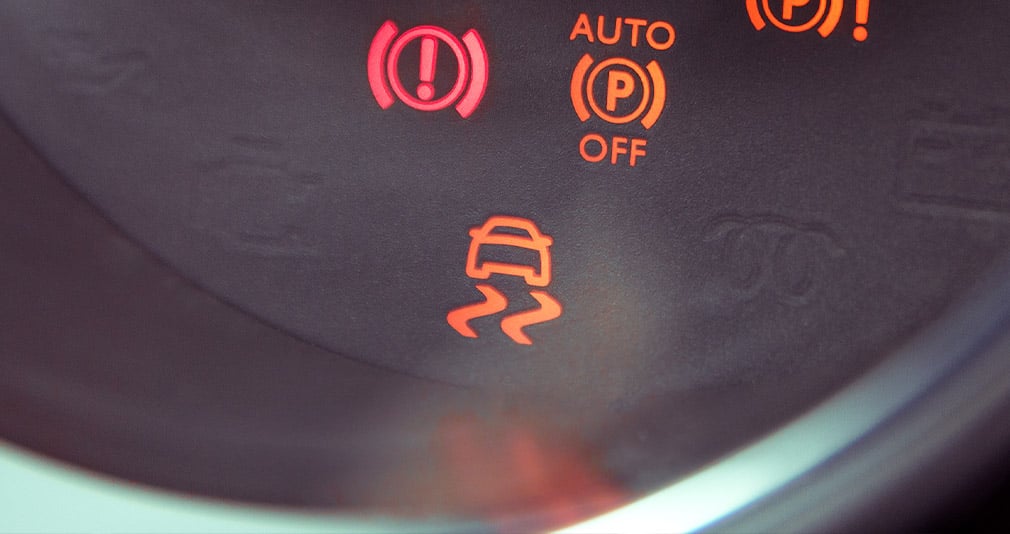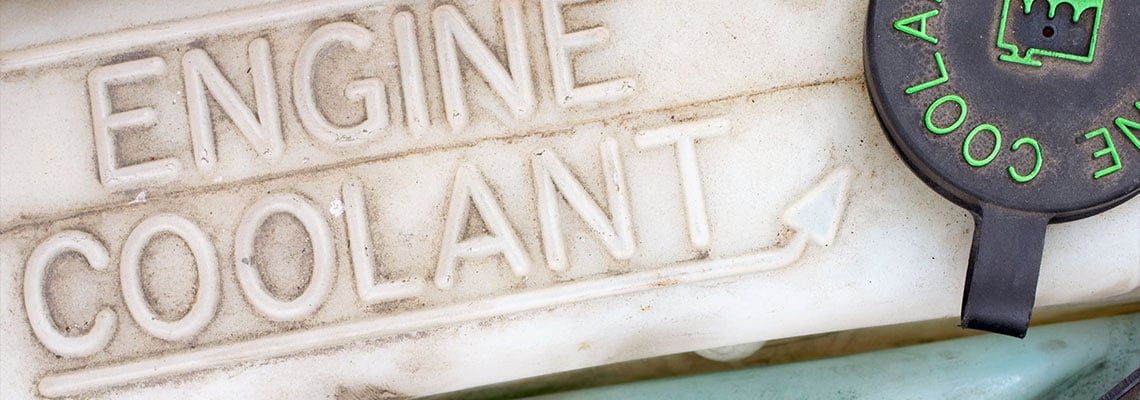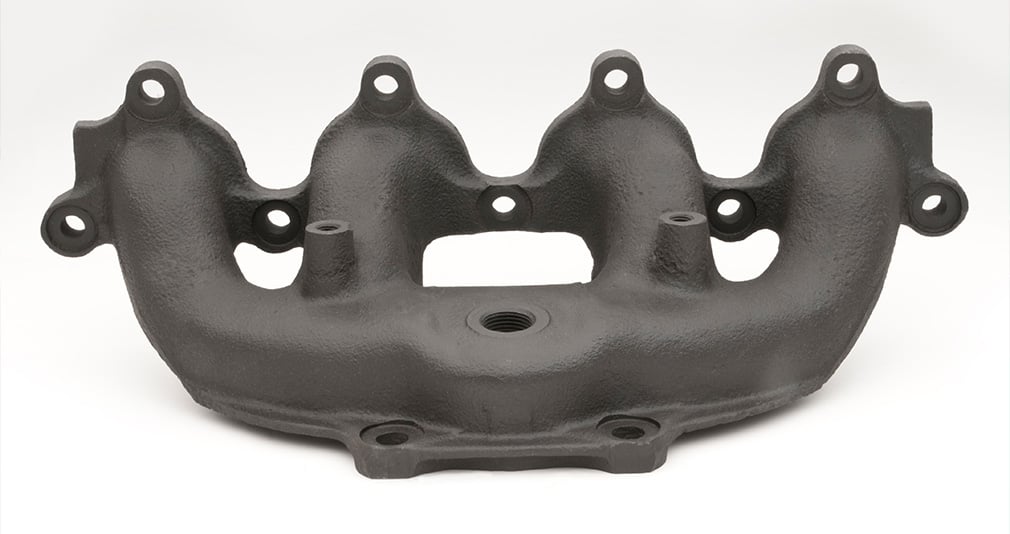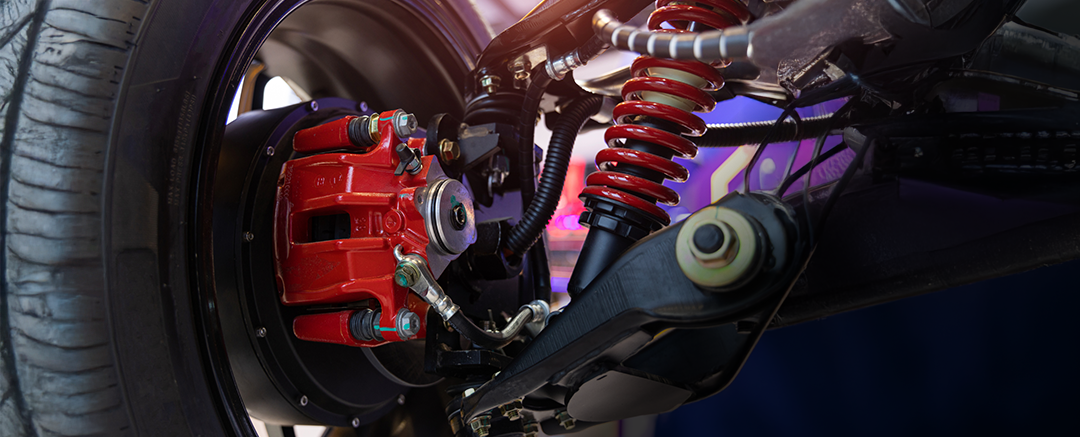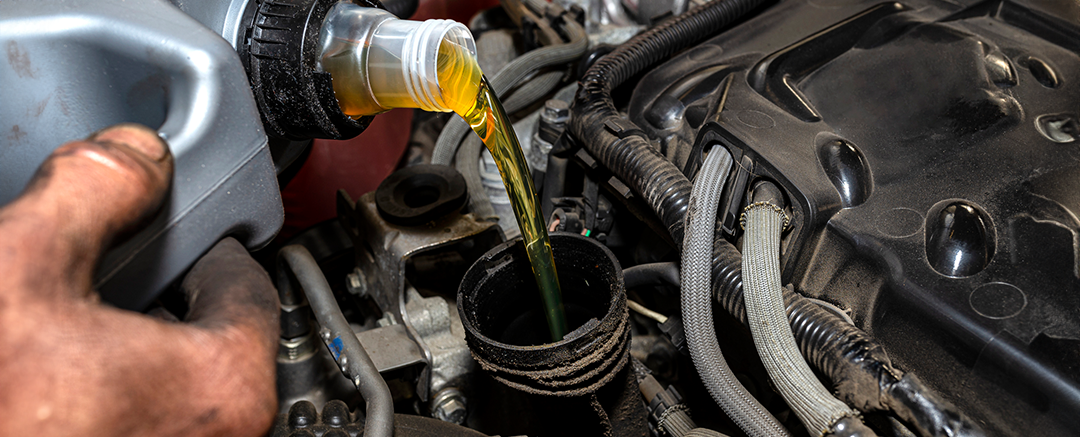Transmission fluid plays a vital role in keeping your car running, but it isn’t something most of us think about as often as oil changes, fluid top-offs or filling up with gas. If you haven’t had your transmission fluid checked recently, you may not be getting it changed as often as you need — and that could spell trouble down the road.
Ignoring your transmission fluid can cause your transmission to slip or lead to wear and tear on the gears and other parts of your transmission. In addition to knowing what it does and why it’s so important, you should understand how to know when to change the transmission fluid.
What Does Transmission Fluid Do?
Transmission fluid has one primary role: lubrication. Regardless of what type of transmission you have, your car needs the lubrication provided by transmission fluid to keep everything running smoothly and keep your gears from grinding. But different types of transmissions use different types of fluid, so you’ll need to know what kind of transmission you have and what kind of fluid it needs.
Automatic vehicles use transmission fluid designed for their specific needs. Although in some cases, automatic transmission fluid can be used in more modern manual transmission vehicles. Automatic transmissions are more complex than manual transmissions, so the fluid is designed to help the car perform more functions.
In addition to keeping the gears lubricated, automatic transmission fluid will help with the operation of the torque converter, valve body and clutch friction. It also is needed to cool down the transmission and provide friction for the brake band. If your gearbox overheats, it begins producing debris, and that will start wearing down parts inside the gear case.
A manual vehicle, or “stick shift,” uses a heavier transmission fluid that should never be used in an automatic vehicle. Some older models may even use motor oil or gear oil. It’s important to know which one your car needs because some newer manual models may use automatic transmission fluid.
If your car has a continuously variable transmission (CVT) or a dual clutch, it will probably use synthetic transmission fluid. This type of fluid is designed to have better resistance to heat, cold and oxidation. It costs more than organically based fluids but also lasts longer.
It’s best to use whatever type of transmission fluid your auto manufacturer recommends. If you aren’t sure what that is, use this online tool to help determine which one is best for your vehicle.
How Often Should I Change My Transmission Fluid?
Your service intervals depend upon your type of fluid, car usage and vehicle. Like most types of automobile fluids, transmission fluid has an expiration date, so you need to pay attention to when you last had it changed. Although it doesn’t need to be changed as often as your motor oil, you should keep an eye on it and make a habit of checking it (or having it checked) regularly.
Transmission fluid can last anywhere from 30,000 miles to as much as 100,000 miles — with synthetic fluid lasting the longest. But an automatic transmission will typically need to have the fluid changed more frequently than a manual transmission because — as mentioned above — an automatic generates more heat.
Keep in mind, however, that these are just guidelines. If you are using your vehicle in conditions that put more demands on the transmission — such as towing vehicles or heavy equipment, driving in a city while changing gears frequently or driving in difficult weather conditions (hello, Ohio winters!) — you’ll need to change your transmission fluid more often.
If you have a manual transmission and tend to “ride the clutch” (resting your foot on the clutch pedal in between shifting gears), that can create a constant source of friction, causing your transmission to overheat, which may shorten the lifespan of your transmission and prompt more frequent transmission fluid changes.
If you don’t monitor your transmission fluid, you risk losing fluid because of a leak or lack of maintenance. This can lead to your transmission overheating and failing. Being proactive about your transmission fluid can save you a lot of money on repairs or even replacements.
The best way to stay on top of your transmission fluid is to follow the maintenance schedule as outlined in your vehicle’s owner’s manual. If you’ve misplaced the paper copy of your owner’s manual, check out carmanuals.org and try searching for your vehicle to find the correct owner’s manual.
However, you should also learn some of the warning signs that your transmission fluid is ready to be changed.
Signs That You Need to Change Your Transmission Fluid
Your car will give you signals if your transmission fluid is low, but you need to know what to look for. Here are seven signs that you should have your transmission fluid checked:
- Puddles under your car. These aren’t always the result of transmission fluid, but often, they are. And any leak should be diagnosed as soon as you discover it.
- Roaring sounds when you accelerate or go around corners. This can indicate low fluid, but in some cars, the sound may be more of a whine or a buzz.
- Difficulty shifting. If your car is having trouble changing gears or if the transmission starts slipping or sliding, it’s time to check your transmission fluid.
- Engine revving when going around corners.
- A chattering noise when you start driving. This can be an indication of several problems, including low transmission fluid. It can also be caused by worn suspension or steering rods, so it’s not something to ignore.
- A slight burning smell.
- Warning light. If your car is newer, it may have a light telling you when your transmission temperature is too high. (Check your owner’s manual to see what the light looks like on your vehicle.) However, your vehicle may also use the “Check Engine” light to alert you.
Having your transmission fluid checked and changed on a regular schedule is an essential part of keeping your vehicle in good condition. Consult the online resources provided in this article to help keep your transmission working smoothly for years to come!

.jpg)

